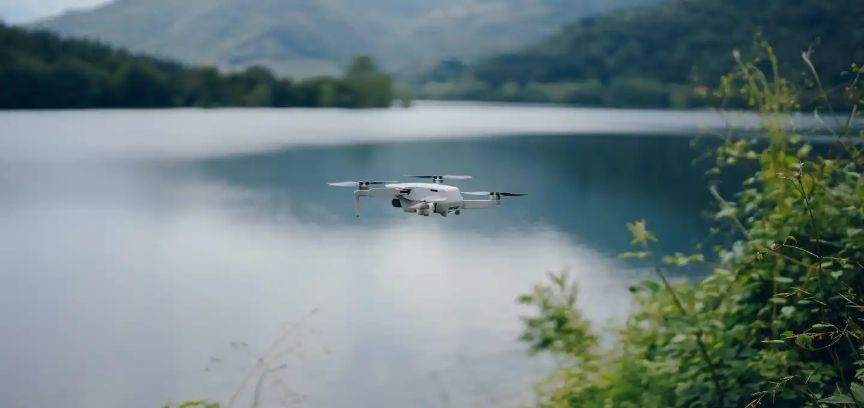Drones for Conservation: Monitoring Wildlife and Ecosystems
6 min read
17 Jun 2024
In the realm of conservation, a technological revolution is taking flight, and it has wings made of drones. This article explores the invaluable role that drones play in conservation efforts, from safeguarding endangered species and tracking ecosystem health to revolutionizing wildlife research and the preservation of our planet's biodiversity.
A New Era of Conservation with Drone Technology
Drones have ushered in a new era of conservation by providing researchers and conservationists with a powerful set of eyes in the sky. These unmanned aerial vehicles offer a unique and elevated perspective on the natural world, enabling more effective, non-invasive, and comprehensive monitoring of wildlife and ecosystems.

Safeguarding Endangered Species Through Aerial Surveillance
One of the most critical applications of drones in conservation is safeguarding endangered species. Drones equipped with high-resolution cameras and advanced thermal imaging technology can efficiently locate, track, and monitor elusive and endangered animals, such as rhinos and tigers, without disturbing their habitats. This helps protect these vulnerable species from the constant threats of poaching and habitat loss.
Ecosystem Health and Restoration Monitoring
Drones are instrumental in monitoring the health of ecosystems. They can capture detailed aerial imagery and collect crucial data that provide invaluable insights into deforestation, illegal logging, and changes in vegetation patterns. Conservationists use this data to meticulously plan and implement restoration efforts, ensuring the preservation and rejuvenation of critical habitats.
Revolutionizing Wildlife Research with Aerial Insights
Drones have revolutionized wildlife research. They enable researchers to study animal behavior and migration patterns from above, offering a more comprehensive view of animal populations and their interactions. This aerial perspective has unlocked a treasure trove of insights, leading to better-informed and more effective conservation strategies.
Efficient Surveying and Mapping for Conservation
Drones excel in the efficient surveying and mapping of vast and remote areas, simplifying the collection of essential data. Whether it's counting penguins in Antarctica or meticulously tracking the movement of sea turtles on a secluded beach, drones streamline data collection efforts, dramatically reducing the time and resources required for extensive fieldwork.
Community Engagement and Education Through Aerial Imagery
Conservationists leverage drone-captured images and videos to engage and educate communities about the profound importance of preserving their natural surroundings. Drones provide captivating visuals that can inspire local and global support for vital conservation initiatives, strengthening the connection between people and nature.
Challenges and Ethical Considerations in Drone Usage
Despite their myriad benefits, the use of drones in conservation faces certain challenges. Ensuring the safe operation of drones and adherence to aviation regulations is crucial to prevent accidents and conflicts. Additionally, ethical considerations, such as respecting the privacy of individuals and the rights of indigenous communities, must be thoughtfully addressed to maintain responsible drone usage in conservation efforts.
The Future of Conservation Enhanced by Evolving Drone Technology
The future of conservation is intricately linked to the ongoing evolution of drone technology. Anticipated advancements in drone capabilities, including extended flight times, more sophisticated data analysis, and enhanced autonomous features, will further empower conservationists in their unwavering mission to protect our planet's irreplaceable biodiversity.
Conclusion: Drones - Guardians of the Wild and Protectors of Our Planet
Drones have become indispensable tools in the capable hands of conservationists, serving as the guardians of the wild and protectors of our planet's ecological treasures. Their exceptional ability to monitor wildlife, assess ecosystem health, engage communities, and facilitate data-driven conservation efforts is unparalleled. As technology continues to advance and drone applications expand, these aerial marvels will undoubtedly play an increasingly vital role in preserving our planet's natural wonders and securing a sustainable future for all species that call Earth home.


